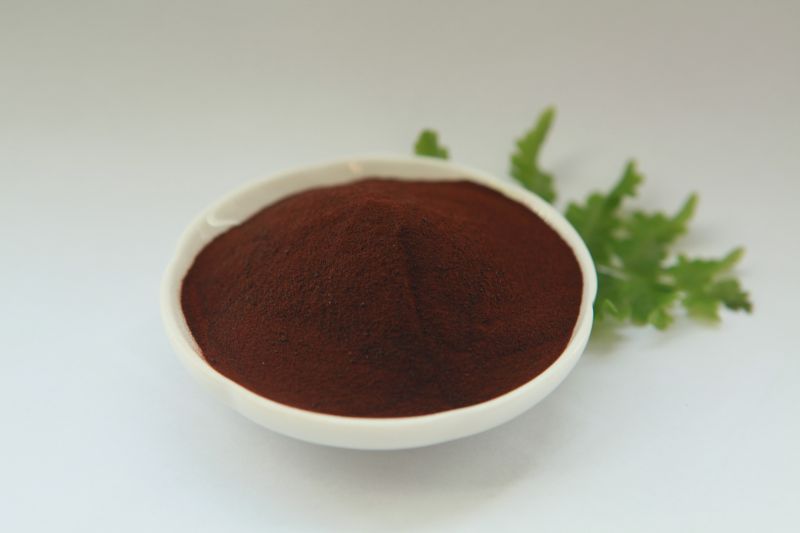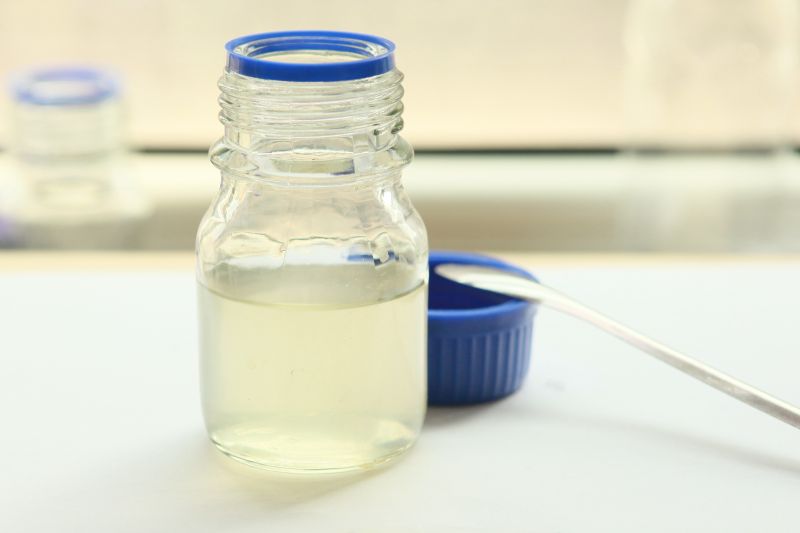Post Date:26,Feb,2024
Characteristics of retarder:
It can reduce the release rate of hydration heat of commercial concrete products. As we all know, the early strength development of commercial concrete is closely related to the occurrence of cracks in commercial concrete. Early hydration is too fast and temperature changes too quickly, which can easily cause cracks in commercial concrete, especially large-volume commercial concrete. Since the internal temperature of commercial concrete rises and is difficult to dissipate, a large temperature difference between inside and outside will occur, which will lead to the occurrence of cracks in commercial concrete, which will greatly affect the quality of commercial concrete. Affects the quality of commercial concrete. Commercial concrete retarder can effectively improve this situation. It can inhibit the heat release rate of hydration heat, slow down the heat release rate and reduce the heat peak, effectively preventing the occurrence of early cracks in commercial concrete.

It can reduce the slump loss of commercial concrete. Practice has shown that they can significantly extend the initial setting time of commercial concrete. At the same time, the time interval between the initial setting and final setting of commercial concrete is also shorter, which not only reduces the slump loss of concrete, but does not affect the early strength of commercial concrete. increase. It has good practical value and is increasingly used in commercial concrete construction.
Effect on strength. From the perspective of strength development, the early strength of commercial concrete mixed with retarder is lower than that of unmixed concrete, especially the 1d and 3d strengths. But generally after 7 days, the two will gradually level off, and the amount of retarder added will increase slightly.
In addition, as the amount of coagulant incorporated into the beam increases, the early strength decreases more and the strength improvement takes longer. However, if the commercial concrete is over-mixed and the setting time of the commercial concrete is too long, the evaporation and loss of water will cause permanent and irrecoverable effects on the strength of the commercial concrete.

Selection of retarder:
① Commercial concrete and large-volume commercial concrete poured continuously at high temperatures generally have to be poured in layers due to the inconvenience of one-time pouring or thick sections. To ensure that the upper and lower layers are well combined before initial setting, commercial concrete is required It has a long initial setting time and good retarding properties.
In addition, if the heat of hydration inside commercial concrete is not controlled well, temperature cracks will appear, which will reduce the temperature rise. Commonly used water reducing agents, retardants, and retarding water reducing agents, such as citric acid.
② High-strength commercial concrete generally has a relatively low sand rate and a relatively low water-cement ratio. The coarse aggregate has high strength and a large amount of cement. This requires a high proportion of cement and the use of high-efficiency water-reducing agents. In addition, high-efficiency water-reducing agents are also required. Can bring certain economic benefits.
The water reduction rate of high-efficiency water-reducing agents is generally 20% to 25%. The most commonly used high-efficiency water-reducing agents in China are Nye series. High-efficiency water reducing agents generally increase slump loss, so they are often used together with retarders to improve the workability of the mixture and reduce the loss of fluidity over time.
③ Pumping requires commercial concrete to have the fluidity, non-segregation, non-bleeding, and high slump properties required by the process while ensuring strength. Therefore, its aggregate gradation is higher than that of ordinary commercial concrete. Be strict. There are many available:
Fly ash: Reduces the heat of hydration and improves the cohesion of commercial concrete.
Ordinary water reducing agent: such as wood calcium water reducing agent, which can save cement, increase fluidity, delay the release rate of hydration heat, and extend the initial setting time.
Pumping agent: It is a type of fluidizing agent that can greatly improve the fluidity of commercial concrete, extend the fluidity retention time, and reduce the loss of slump over time. As the name suggests, it is an admixture designed for pumping. High-efficiency water reducing agents and air-entraining agents can also be used in pumped commercial concrete, but they are not commonly used.
Post time: Feb-26-2024

